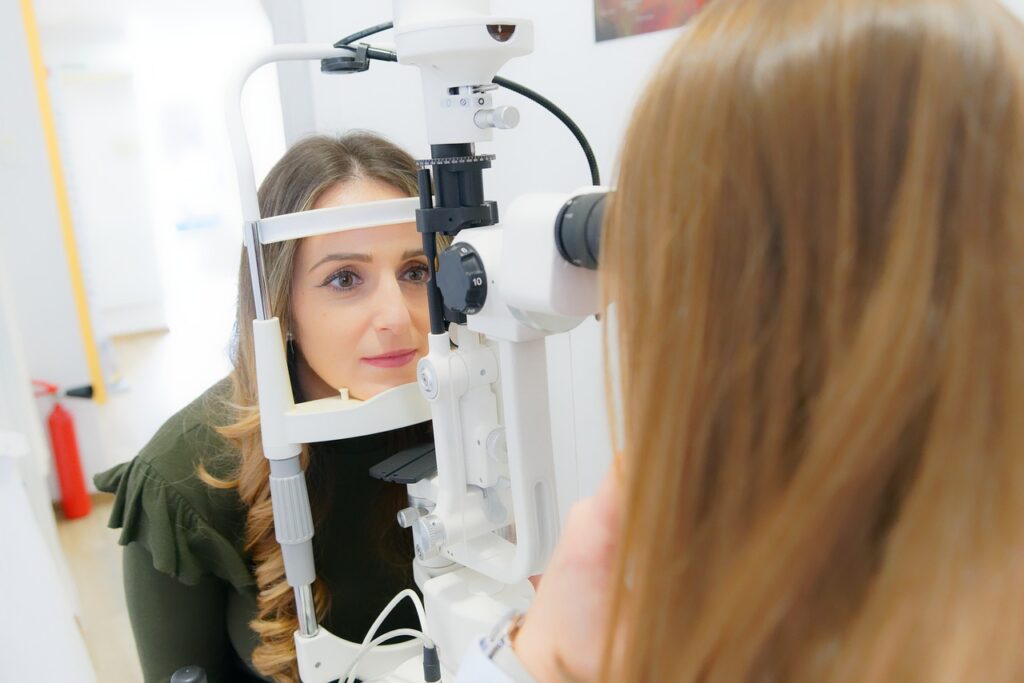A summary of a study on the geroprotective effects of Metformin on glaucoma in diabetics
In a ground-breaking study published in JAMA Ophthalmology, titled “The Geroprotective Effects of Metformin and the Risk of Open-Angle Glaucoma in Individuals with Diabetes Mellitus” researchers Lin et al delved into the intriguing connection between metformin use and the development of open-angle glaucoma (OAG) in individuals with diabetes mellitus. This research sheds light on the potential benefits of metformin in safeguarding against the development of open-angle glaucoma, offering hope and valuable insights for individuals with diabetes mellitus.
Methodology
To conduct their investigation, they meticulously analyzed a vast nationwide health care claims database, brimming with detailed billing records for over 150,000 older patients diagnosed with diabetes. Driven by their hypothesis that metformin, a remarkable CR mimetic drug renowned for its geroprotective effects in various conditions, could potentially mitigate the risk of OAG, the researchers embarked on a comparative analysis. They meticulously examined the incidence of OAG among metformin users and non-users within this population, while also exploring whether there was a dose-response relationship between metformin use and the reduction of OAG risk.
Results
Taking into account potential confounding factors such as demographics, diabetes control factors, and other medications, the study yielded fascinating results. It revealed that individuals who utilized metformin had a significantly diminished risk of developing OAG compared to those who did not. In fact, the estimated risk reduction was an impressive 14% per year of metformin use.
Additionally, an analysis of the dosage response indicated that individuals who took higher amounts of metformin experienced a more significant decrease in OAG risk. Those who consumed over 2,000 mg per day had around a 30% lower risk of developing the condition compared to those who did not use metformin.
Moreover, the researchers stressed that while their results were applicable to a wide range of people, differences in eye exams, glycemic control, and medication usage between insured and uninsured populations could impact the accuracy of the findings. They also pointed out the importance of future clinical trials to explore metformin’s impact on non-diabetic individuals and key glaucoma indicators like intraocular pressure and visual field test results.
Conclusion
In conclusion, the study on the “Association of Geroprotective Effects of Metformin and Risk of Open-Angle Glaucoma in Persons With Diabetes Mellitus” revealed that metformin usage was linked to a decreased risk of OAG in those with diabetes. The protective effect seemed to increase with higher doses of metformin. Nevertheless, further investigation is necessary to validate these results and understand the potential implications for different populations.

